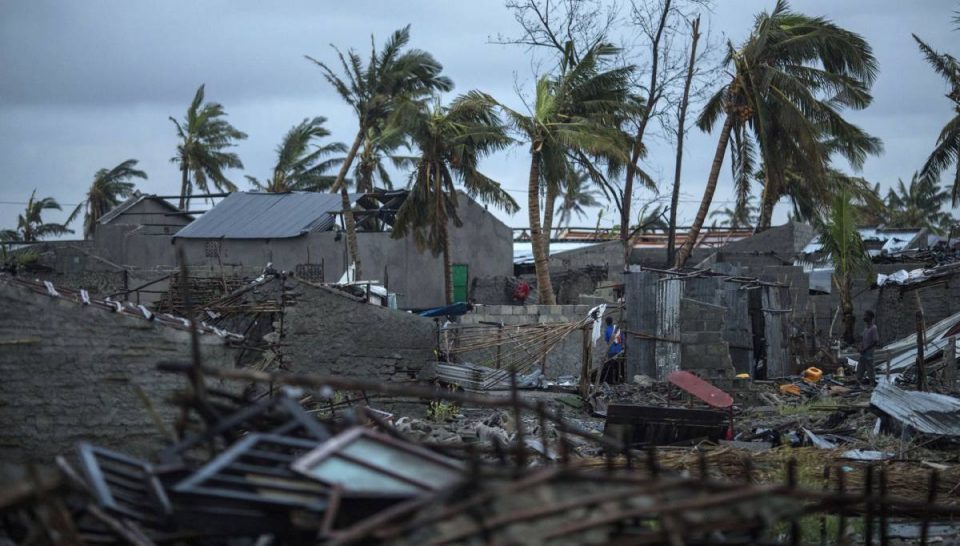Cyclone Idai, the tropical storm ravaging southern Africa, is possibly the worst weather-related disaster to hit the southern hemisphere, with 1.7 million people affected in Mozambique and 920,000 in Malawi, UN officials have said, the Guardian reported.
Storm surge floods up to 6 metres deep had caused “incredible devastation” over a huge area, the UN World Food Programme regional director, Lola Castro, said.
Herve Verhoosel, also from the WFP, said the situation represented a major humanitarian emergency that was getting bigger by the hour. Many people were “crammed on rooftops and elevated patches of land outside the port city of Beira”, and the WFP was rescuing as many as possible and airdropping food, water and blankets, he said.
Mozambique’s Pungue and Buzi rivers had overflowed, creating “inland oceans extending for miles and miles in all directions”, Verhoosel said. Dams have reached 95% to 100% capacity. “People visible from the air may be the lucky ones, and the top priority now is to rescue as many as possible,” he said.
The scale of #CycloneIdai in Beira, Mozambique, is truly heartbreaking. Initial assessments from @ifrc estimate at least 90% of the area is completely destroyed. Read what IFRC aid workers are witnessing in the area: https://t.co/reDWmHKw2W 🎥 @IFRCAfrica pic.twitter.com/25l3kM2vl3
— American Red Cross (@RedCross) March 18, 2019
Heavy rains preceded the cyclone, compounding the problems, said a UN World Meteorological Organization spokeswoman. “If the worst fears are realised … then we can say that it is one of the worst weather-related disasters, tropical-cyclone-related disasters in the southern hemisphere,” she said. Droughts are classed as climate-related rather than weather-related.
The Red Cross said the number of people killed in Mozambique was likely to rise significantly. Drone footage posted online by the International Federation of Red Cross and Red Crescent Societies (IFRC) showed buildings in the coastal settlement of Praia Nova, outside Beira, flattened by strong winds.
“We are working with Nasa and the European Space Agency to get satellite information to get a full picture of the affected areas and number of people trapped there,” Caroline Haga, an emergency communications specialist at the IFRC, told Reuters. “Given the sizes of these areas, we expect the death toll to increase significantly.”
The official death toll in Mozambique is 84 – but its president, Filipe Nyusi, said on Monday he had flown over some of the worst-hit areas and had seen bodies floating in rivers. He estimated more than 1,000 people may have died.
Ninety-eight people were confirmed dead and more than 200 missing in Zimbabwe, its government said. “I think this is the biggest natural disaster Mozambique has ever faced. Everything is destroyed,” Celso Correia, the environment minister, said. “Our priority now is to save human lives.”
More at the Guardian





Comments are closed for this post.